Staying Fit

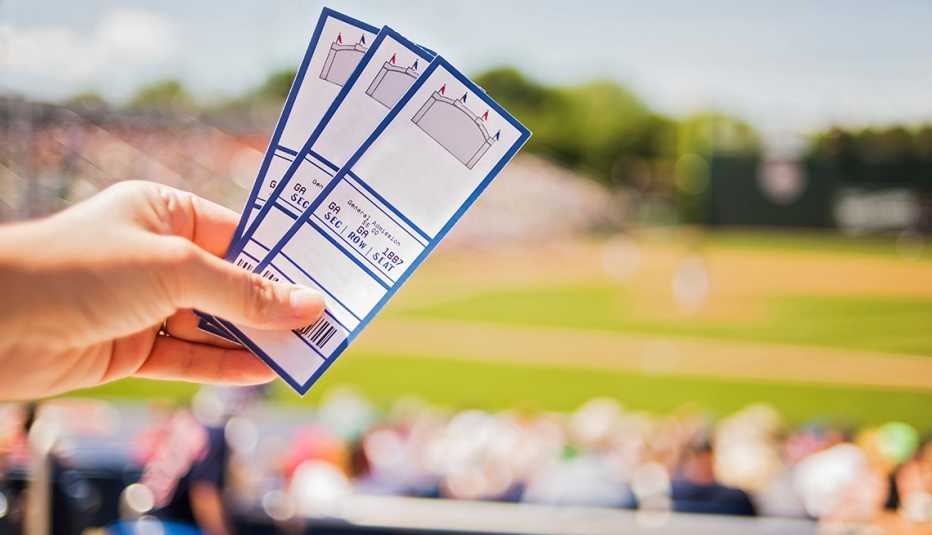
Jump to the town
Tampa, Florida • Phoenix • Durham, North Carolina • Charleston, South Carolina • Colorado Springs, Colorado • Lancaster, Pennsylvania • Cooperstown, New York
For serious baseball fans, the most beautiful words in the English language are “Pitchers and catchers report.” (OK, maybe the second-most beautiful, after, “The [insert your team] win the pennant!” as shrieked by a play-by-play announcer.)
With the arrival of spring training, which begins Feb. 14 and 15 for most Major League Baseball teams this year, millions of fans make the pilgrimage to Florida and Arizona to spend sunny days at intimate Grapefruit League and Cactus League ballparks, sizing up established stars, hot prospects and their favorite team’s chances for the new season.


AARP Membership— $12 for your first year when you sign up for Automatic Renewal
Get instant access to members-only products and hundreds of discounts, a free second membership, and a subscription to AARP the Magazine.
What if you could spend every spring getting an in-depth preview of the campaign to come? Or pass each summer watching tomorrow’s stars shine amid the local color and lower ticket costs of the minor leagues? If the national pastime looms large in your retirement plans, consider this lineup of baseball hotbeds. Population and financial data are from the AARP Livable Communities program and the U.S. Census Bureau.


Tampa, Florida
The Tampa Bay area is a mecca for watching the boys of summer up close every spring. Five teams have their spring training and minor league complexes within a 50-mile radius: the New York Yankees in Tampa (their George M. Steinbrenner Field is pictured above), the Toronto Blue Jays in Dunedin, the Detroit Tigers in Lakeland, the Philadelphia Phillies in Clearwater and the Pittsburgh Pirates in Bradenton.
Once camps break, there’s big league action at Tropicana Field all through summer and, for the perennially contending Tampa Bay Rays, often into fall. If you prefer to maintain that preseason vibe, the class Low-A Florida State League plays from May to September in many of the spring training ballparks.
Away from the ballpark: While many visitors land at the airport and make a beeline for the beaches in St. Petersburg and Clearwater, residents enjoy Old Tampa — especially along East 7th Avenue in Ybor City, known for its nightlife and cigar museum — and the popular Sunday morning Thai food market at Wat Mongkolratanaram, a Buddhist temple on the Palm River.
Tampa facts
- Population: 395,912
- Median household income: $68,908
- Median home value: $333,200
- Median monthly housing cost: $1,345
- Median housing cost burden: 19.7 percent of income

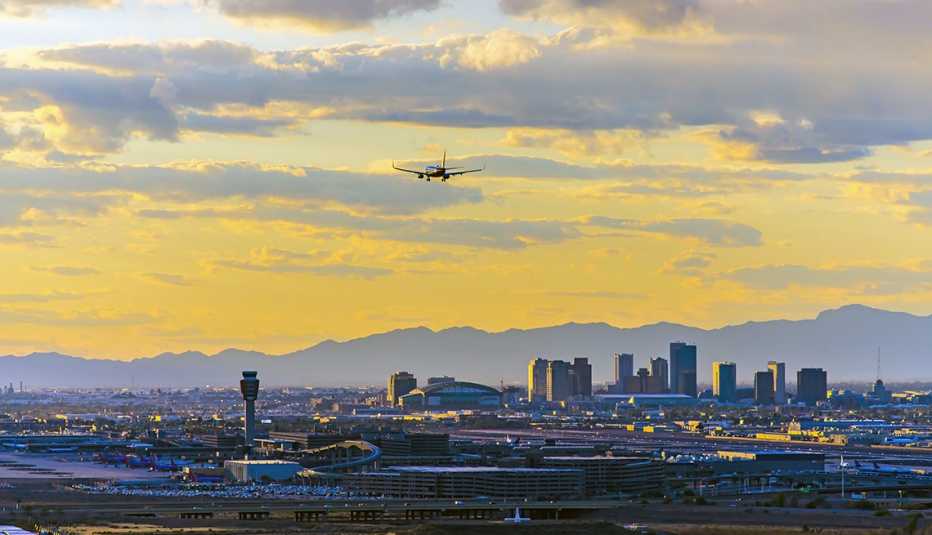
Phoenix
A generation ago, Florida was arguably a bigger draw for spring training play than Arizona. But now 15 teams flock to the Valley of the Sun to prepare for the coming season, among them the hometown Arizona Diamondbacks, the defending World Series champion Texas Rangers and the Los Angeles Dodgers, now featuring two-way superstar Shohei Ohtani.
With a string of teams training in relative proximity, from the Rangers and Kansas City Royals in Surprise, northwest of Phoenix, to the Chicago Cubs and Oakland Athletics in Mesa to the southeast, it’s easy to catch workouts in the morning, a game in the afternoon and another in the evening.
During the regular season, the Diamondbacks occupy Chase Field, an impressive downtown stadium with a swimming pool and retractable roof. For a casual alternative to the major league fare, the rookie-level Arizona Complex League operates in the area, with games open to the public free of charge.
Away from the ballpark: The Phoenix region is known for outdoor activities, notably desert hiking, mountain biking and (especially) golf. But don’t be reluctant to venture inside, especially in summer, when temperatures routinely top 100 degrees. The Heard Museum has gained global stature as a center of Native American art and culture, while the Musical Instrument Museum offers more than 8,000 instruments that can carry a tune from around the world.
Phoenix facts
- Population: 1,658,422
- Median household income: $69,901
- Median home value: $340,200
- Median monthly housing cost: $1,225
- Median housing cost burden: 16.6 percent of income





























































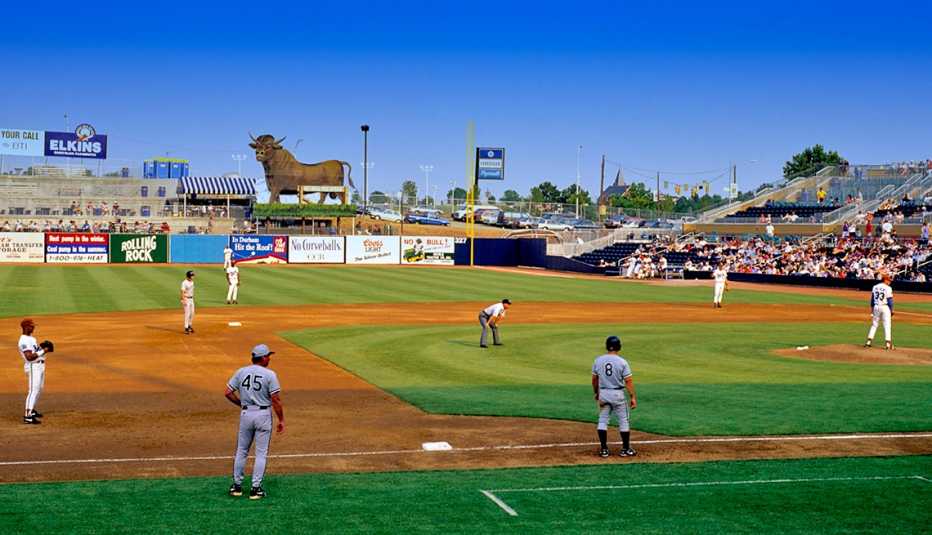
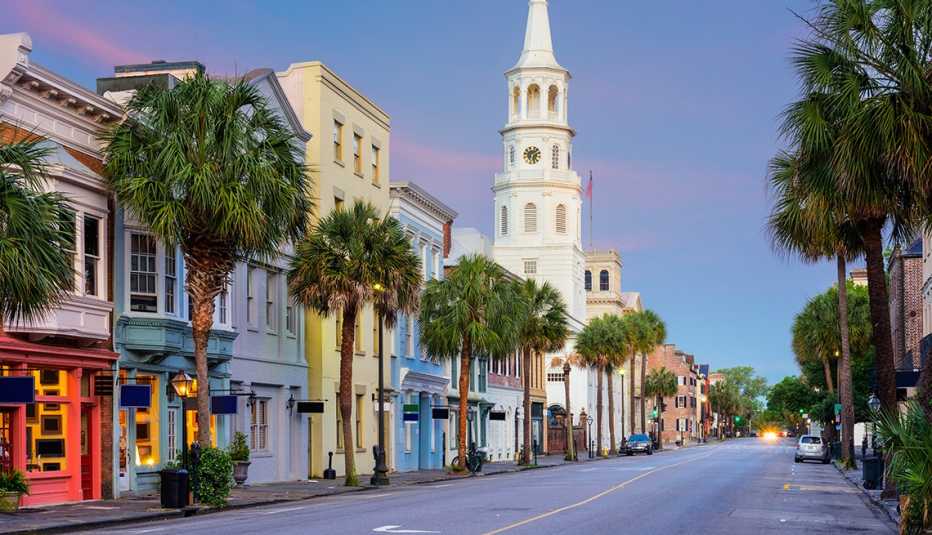


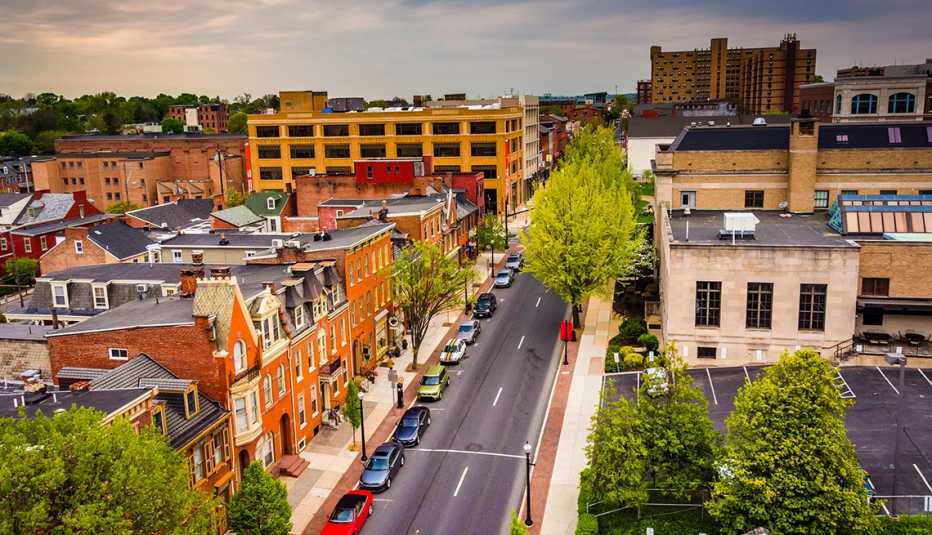
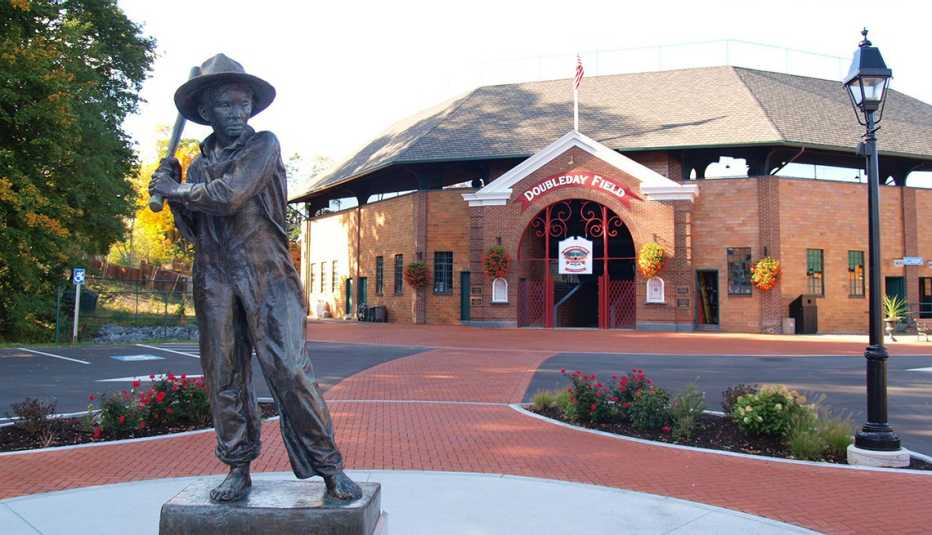






More From AARP
Top 5 States Where Retirees Are Moving
South Carolina gained on Florida as retirement relocations took a big jump in 2023Retiring in Florida? Get to Know the Pros and Cons
Sun, golf and low taxes … plus hurricanes, bugs galoreGreat Places to Golf Your Way Through Retirement
These 8 destinations will delight lifelong players
Recommended for You